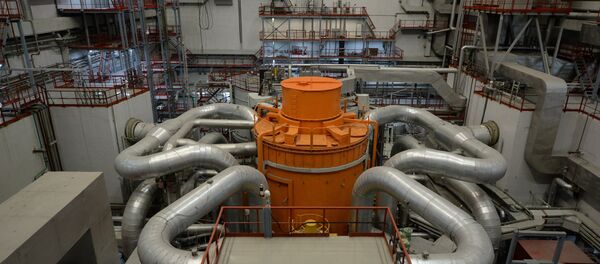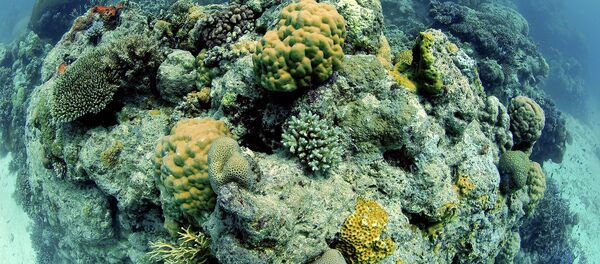Sputnik: Can you tell us a little bit more about the significance of this new discovery?
Dr Karen Lloyd: The significance of this is that it turns out there is quite a lot of life underneath the deep subsurface, so underneath our feet, underneath the ocean seabed… if you count estimates of the total amount of microbial cells in this entire newly discovered ecosystem, it accounts for about 70% of all microbial cells on Earth.
Dr Karen Lloyd: All of these organisms are alive, they're actively transforming chemicals and doing things that are important for geological and earth processes. They have been on earth for billions of years; we are studying how they have contributed to creating the life-supporting atmosphere that Earth has today and maintaining it by working with mineral transformation. I think it's important to know about the habitability zones of life on earth because as we try and look for life outside of Earth its maybe make a lot more sense for life to be in the subsurface of extraterrestrial planetary bodies and that life could have similarities to the deep life on earth.
Sputnik: Ok and looking to the future, what's the next step for you and your team?
Dr Karen Lloyd: It will mutate and grow certainly. The big thing that the Deep Carbon Observatory has done is that it's created these synergies between to scientists who didn't talk to each other previously, so those have been set and we have made our connections. If we go forth we will be looking at other new types of subsurface environments and we will be looking to determine how life has evolved in the deep subsurface and how it's moved in between different parts of the subsurface. There are many many basic questions that we are still working on answering, but the fact that we have this affiliation with scientists across the world it's going to allow to address these problems more effectively.
The views expressed in this article are those of the speaker and do not necessarily reflect those of Sputnik.



